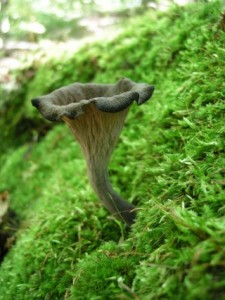 Mushroom: Horn of Plenty (Craterellus cornucopiodes)
Mushroom: Horn of Plenty (Craterellus cornucopiodes)
Date: Fall 2008
Location: Garfield Woods, Berlin MA
I found this beautiful Horn of Plenty, along with a few others, standing on their own in some moss at the base of a tree. If I had known at the time that they were edible, I would have picked them. Apparently they are renown for their flavor, more than their cousins, the chantarelles, and they’re great for drying.
This is a very distinctive mushroom with its trumpet shape, making it easy to identify. Interestingly, it lacks gills of any kind. It has a few colloquial names including Poor Man’s Truffle and trumpet de mort (trumpet of death). This one may be Craterellus fallax, but the underside doesn’t appear to be salmon or yellow tinted, so I’m sticking with Craterellus cornucopiodes.
According to David Arora, the Horn of Plenty is often overlooked because of its dark, somber appeareance and shadowy habitats. Normally they are hard to find I guess. And it usually appears in clusters, so it is odd that these were standing alone out in the open. I was proud to stumble across them. I think they’re very pretty.
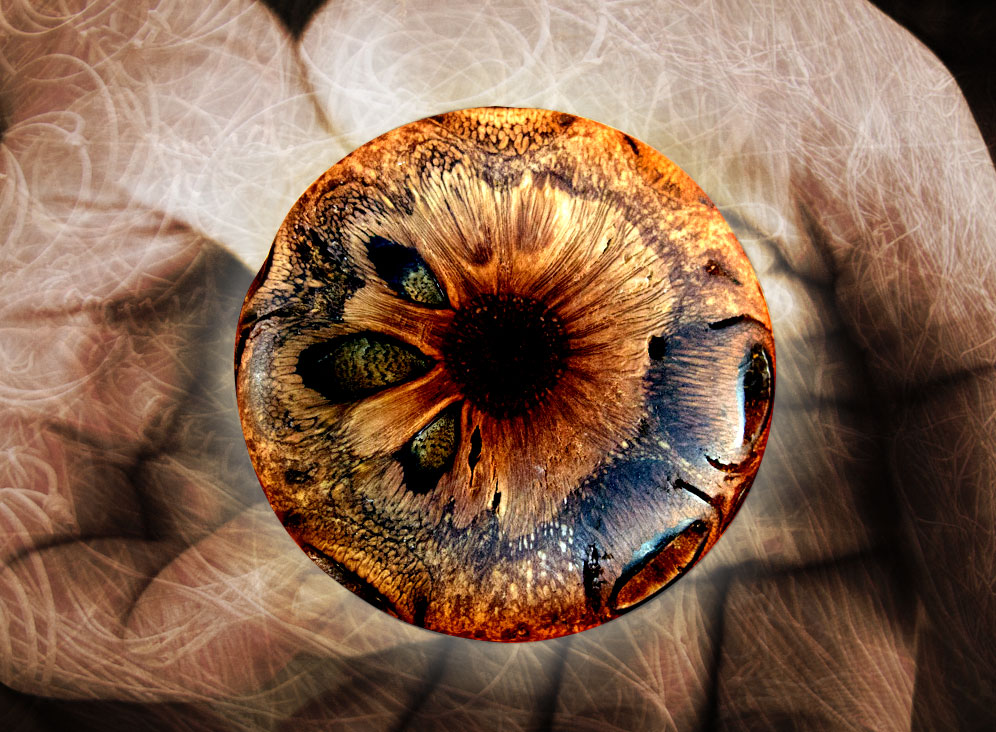

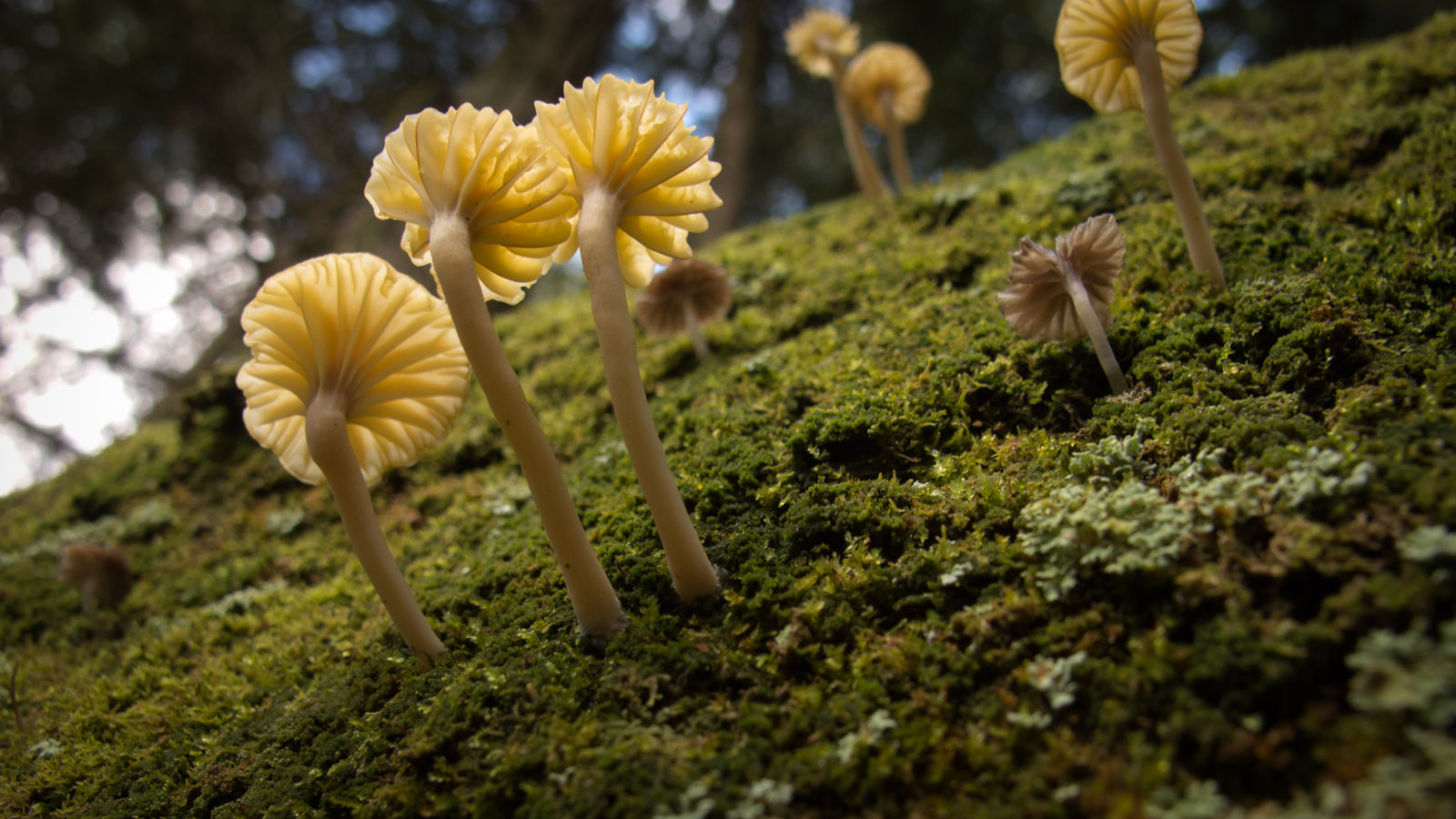
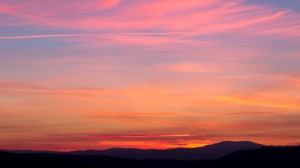
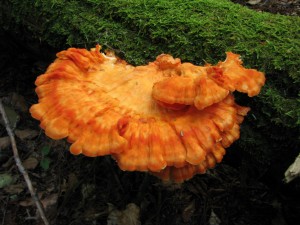
 Mushroom: Russell’s Bolete, boletellus russellii
Mushroom: Russell’s Bolete, boletellus russellii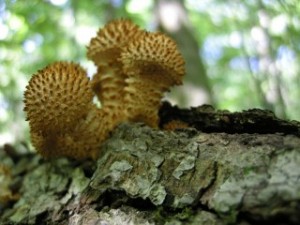
 Mushroom: Horn of Plenty (Craterellus cornucopiodes)
Mushroom: Horn of Plenty (Craterellus cornucopiodes)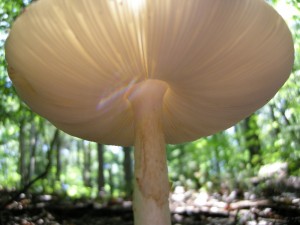 Location: Garfield Woods in Berlin, Massachusetts
Location: Garfield Woods in Berlin, Massachusetts